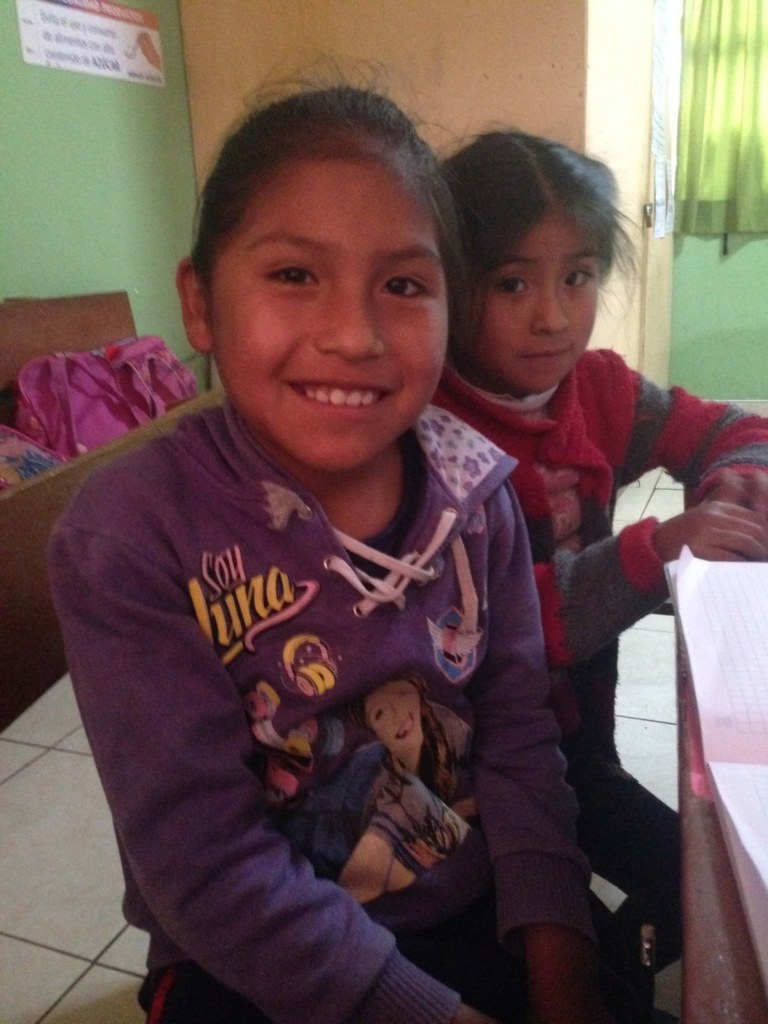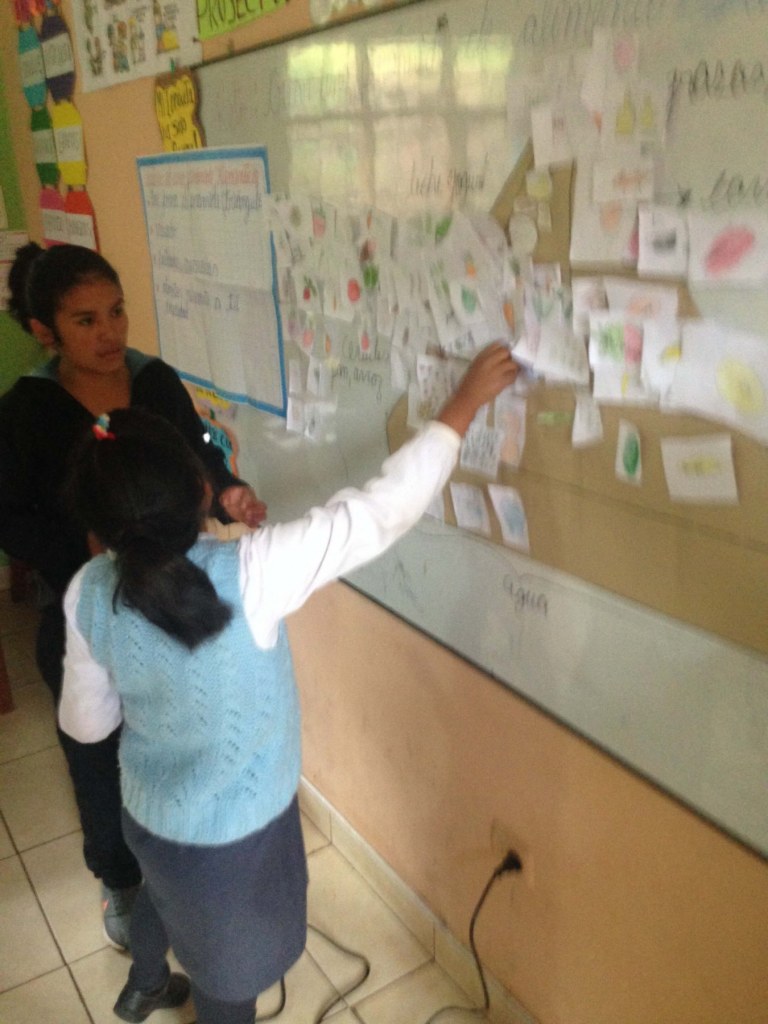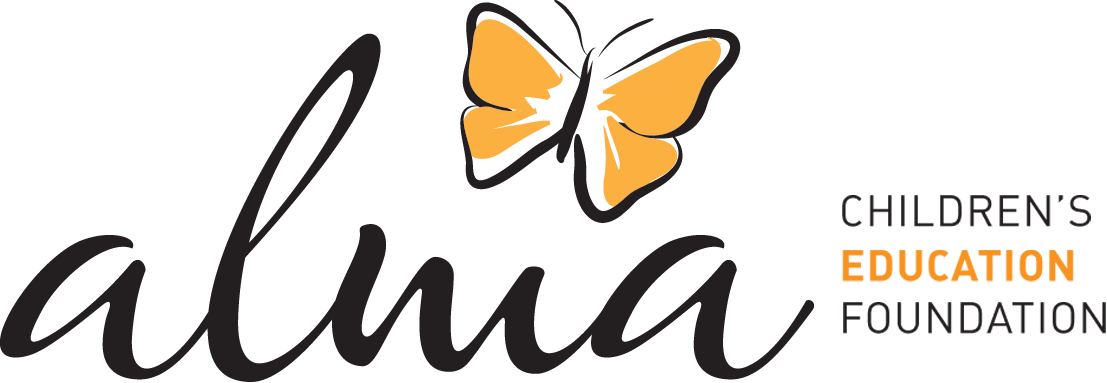
I recently visited one of our new projects in the Cusco region, Antisuyo, to speak with the parents, teachers, and students and sit in on their first session with Alma. The goal of the day was to create a food pyramid with foods relevant to the students’ community, which will eventually be used to identify which four traditional dishes most contribute to a healthy and balanced diet. Those four dishes will be included in their recipe book that will be shared with other children from different cultures.
It was wonderful to see the students inspired and excited during the whole lesson. This was their first session ever with Alma, and they got into to it right away! By the end of the day, myself and our teachers were amazed by how many vegetables, meats, and grains the students in Antisuyo produce and eat regularly, and how few trans fats (none, actually) and sugars they consume. It made me think of the dangerously high incidences of diabetes and heart disease in North America, especially in indigenous communities where traditional diets have been severely impacted by land grabs, climate change, and industrialized food. It was also an uplifting example of how indigenous agriculture still thrives in the Peruvian Andes, so much so that we will have to redesign the food pyramid in a later lesson to make sure that all of their foods can fit into it!
Both of our teachers in Antisuyo are new, but they did a great job implementing our teaching and thought strategies and the students finished their first Alma lesson with an understanding of what makes a diet healthy and balanced (today they will dig into the science behind it), the different food groups and the adequate consumption proportions for each, and pride in the immense value, both nutritional and cultural, of their traditional foods.
Ian McGroarty, Program Director

